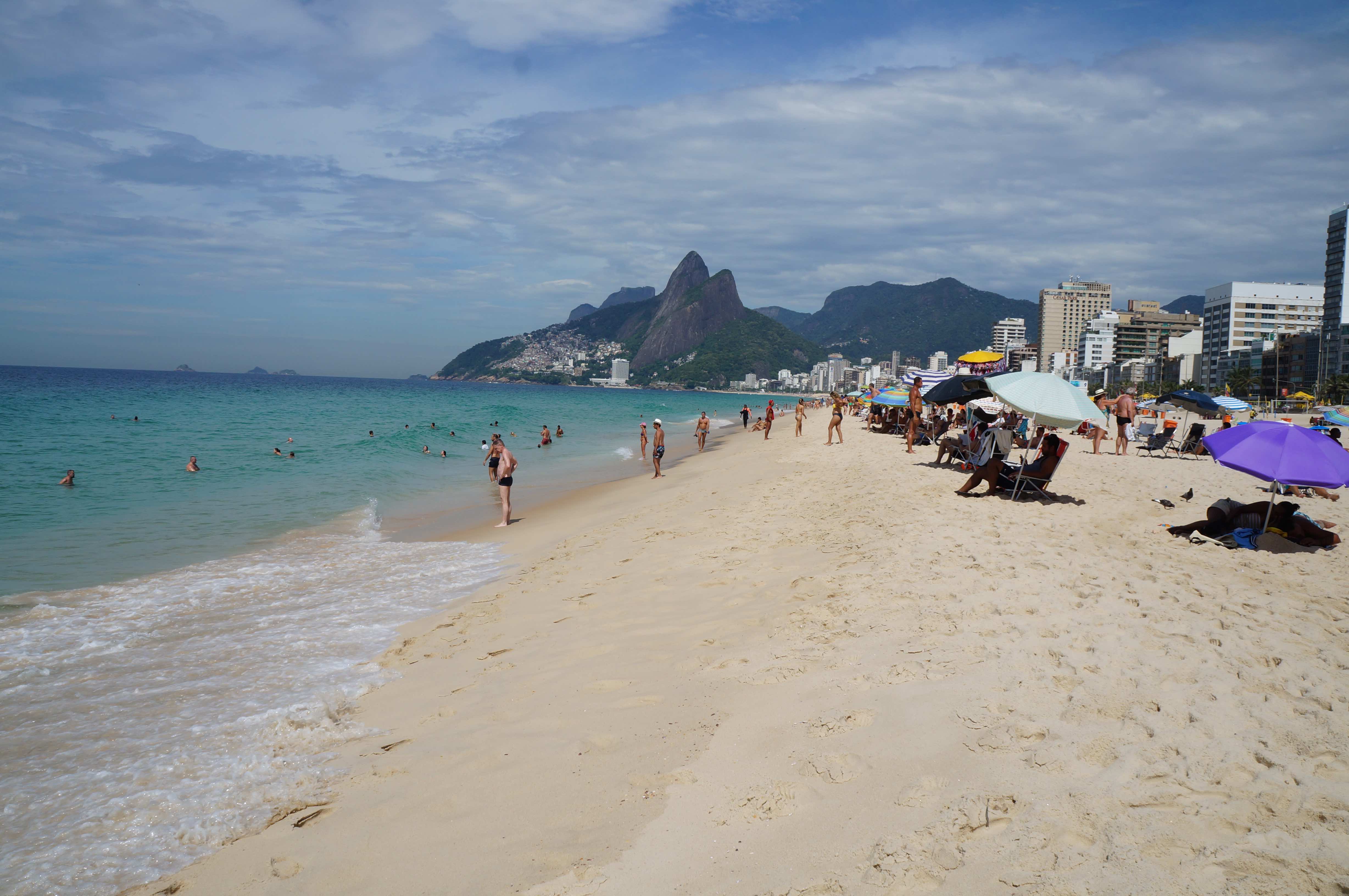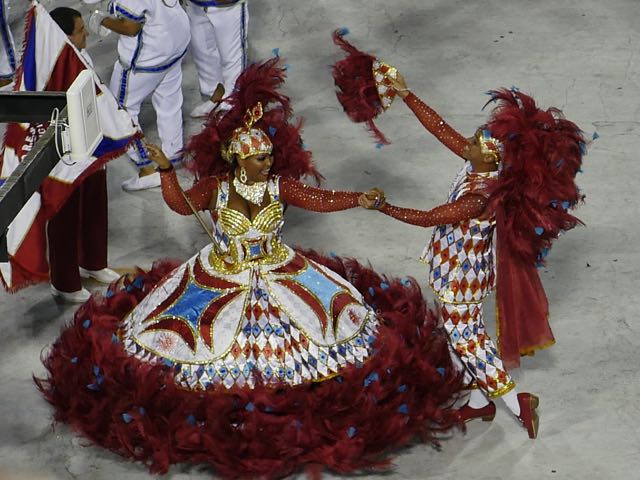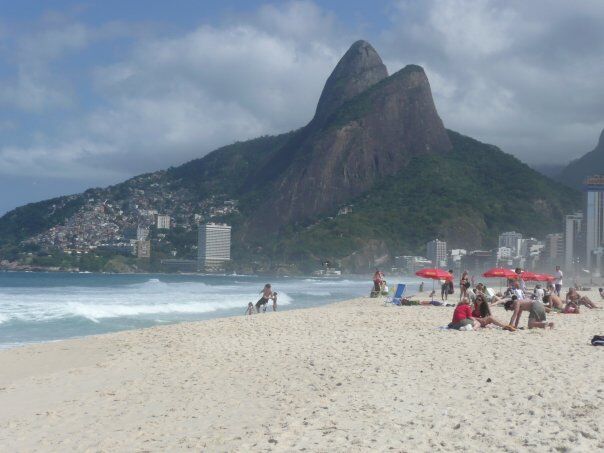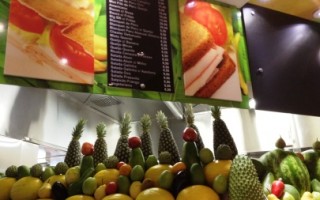
Rio De Janeiro is one of the most beautiful cities in the world. Beaches, forest and mountains give the city a picturesque backdrop that can be enjoyed from practically anywhere in the city. If you are headed to Rio for the first time for vacation, here are the top 10 places you must cross off your checklist… […]

The Carnival in Rio De Janeiro is bigger than all of the carnivals around the world put together! I couldn’t fathom the scale of this statement until I experienced it for myself this February. While Carnival parties take place for 3 weeks across neighborhoods in Brazil, the grandest event is held at Rio Sambadrome on Carnival […]

Meet Amanda Villa Lobos, a 26 years old energetic and passionate lady currently volunteering at Go Eat Give. I’ve had the pleasure of interacting with her for the last few weeks as we worked side by side on Destination Brazil. Since our initial encounter, I have been drawn to her perceptions of the world, largely because […]

Rio de Janeiro has taken concept restaurants to a whole new level. Outside of Brazil, we associate Brazilian cuisine with all you can eat steakhouses but that is only one of the offering you find here in Rio. In fact, the locals love to eat out and cannot afford the high end steakhouses every day. Neither is it […]